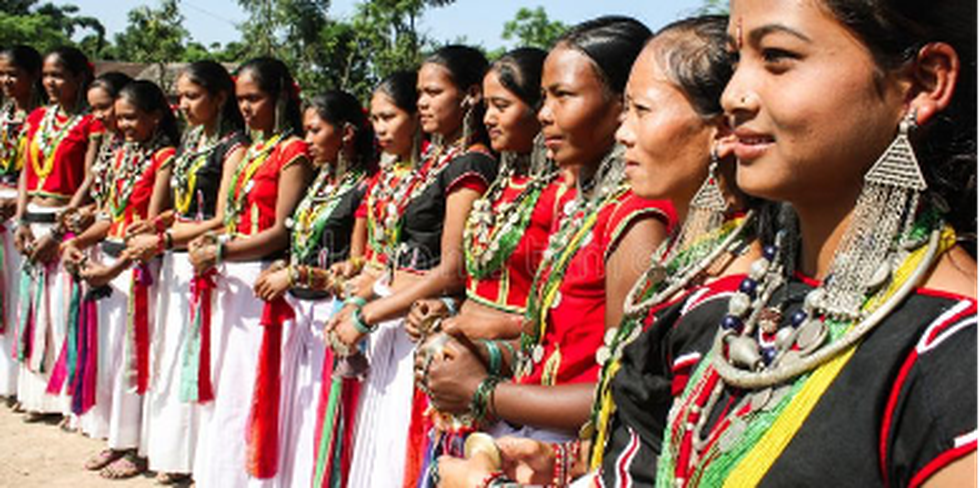Why in the news?
- Forest officials of the Katarniaghat division say a plan is in the works for the financial inclusion of the Tharu groups that live near the Katarniaghat Wildlife Sanctuary (KWS) and are much affected by human-wildlife conflicts.
About Tharu people
- They are an ethnic group indigenous to the Terai region of the Himalayan foothills, located in southern Nepal and in the state of Uttar Pradesh in India.
- Tharu in Nepal officially numbered about 1.5 million and those in India about 170,000.
- They speak various dialects of Tharu, a language of the Indo-Aryan subgroup of the Indo-Iranian group of the Indo-European family, and they are largely Indian in culture.
- Most Tharu practice agriculture, raise cattle, hunt, fish, and collect forest products.
- Although they are Hindu, the Tharu use their own traditional ritual specialists in addition to the Hindu Brahman priests.
- Each Tahru village is governed by a council and a headman.
Katarniaghat Wildlife Sanctuary (KWS):
- Location: It is situated in the Upper Gangetic plain falling in the Terai of Bahraich district of Uttar Pradesh.
- It is part of Dudhwa Tiger Reserve Lakhimpur kheri.
- The Katarniya Ghat Forest provides strategic connectivity between tiger habitats of India and Nepal.
- Flora: The sanctuary has a mosaic of Sal and Teak forests, lush grasslands, numerous swamps and wetlands.
- Fauna: It is home to a number of endangered species including gharial, tiger, rhino, Gangetic dolphin, Swamp deer, Hispid hare, Bengal florican, the White-backed and Long-billed vultures.
